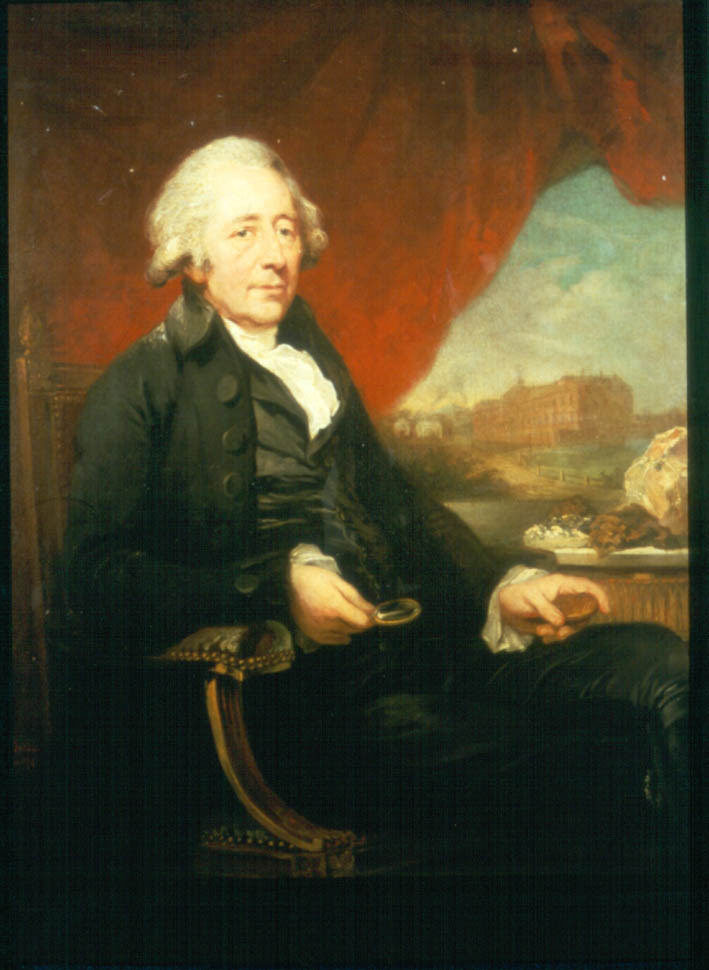Birmingham: “The Toyshop of Europe”
Image: Matthew Boulton by C F Von Breda, 1792. Oil on Canvas. Boulton was the most famous of Birmingham’s toymakers. The portrait shows him examining items from his geological collections with Soho Manufactory, the biggest factory in the world in the background. Boulton produced buttons, buckles, steel jewellery and silverware at Soho.
Image from: Birmingham Museums & Art Gallery
Text: Shena Mason
Image captions: Malcolm Dick
Summary
Birmingham’s industrial reputation in the late 18th and early 19th centuries largely rested on its importance as a “metal–bashing” town. It manufactured items from brass and iron, that required brute strength to forge and create household goods such as cooking pots or engineered products like the steam engine. There was, though, another side to Birmingham’s importance, the making of “toys”, small decorative objects from silver, bronze and other metals and Edmund Burke, the MP and philosopher described Birmingham as “The Toyshop of Europe”. John Taylor and Matthew Boulton pioneered the mass production of buttons, buckles and boxes, but manufacturers also produced other highly decorated items for the home and personal use such as caddy spoons and candlesticks.
Shena Mason explores the history of this industry and its cultural, social and commercial context, including industrial tourism, insurance for workers and marketing. Her research has been based on primary sources in Birmingham Assay Office, Birmingham Central Library, Birmingham City Archives and Birmingham Museums & Art Gallery. The article is also illustrated with images from these locations.
Next in this section »Continue browsing this section
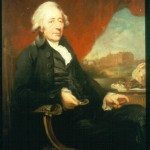 Birmingham: “The Toyshop of Europe”
Birmingham: “The Toyshop of Europe”
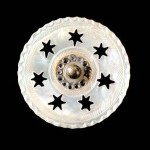 Toys in Birmingham
Toys in Birmingham
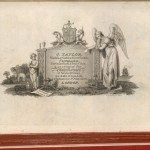 John Taylor and Matthew Boulton
John Taylor and Matthew Boulton
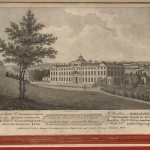 The Soho Manufactory: From Snow Hill to Handsworth
The Soho Manufactory: From Snow Hill to Handsworth
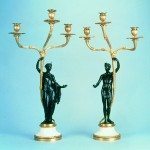 The Soho Manufactory: The Ingenious Mr Boulton
The Soho Manufactory: The Ingenious Mr Boulton
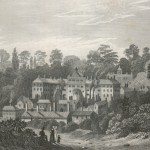 The Soho Manufactory: Industrial Tourism
The Soho Manufactory: Industrial Tourism
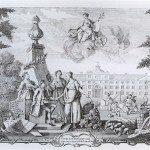 The Soho Insurance Society: Ahead of its time
The Soho Insurance Society: Ahead of its time
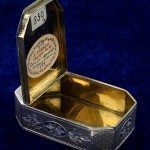 Birmingham Toys: Makers and Materials
Birmingham Toys: Makers and Materials
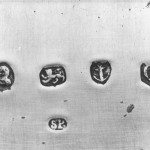 Birmingham Toys: The Hallmark
Birmingham Toys: The Hallmark
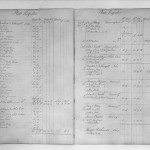 Birmingham Toys: Made at Soho
Birmingham Toys: Made at Soho
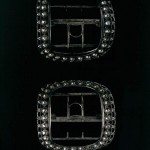 Birmingham Toys: “Cut Steel”
Birmingham Toys: “Cut Steel”
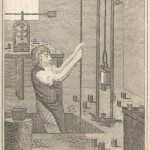 Birmingham Toys: Manufacturing Techniques
Birmingham Toys: Manufacturing Techniques
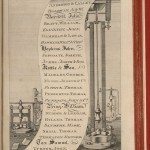 Salesmen, Customers and Competitors: The Home Market
Salesmen, Customers and Competitors: The Home Market
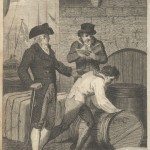 Salesmen, Customers and Competitors: Export Markets
Salesmen, Customers and Competitors: Export Markets
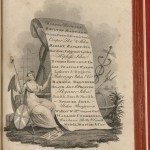 Salesmen, Customers and Competitors: Travelling Salesmen
Salesmen, Customers and Competitors: Travelling Salesmen
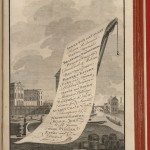 Salesmen, Customers and Competitors: Agents
Salesmen, Customers and Competitors: Agents
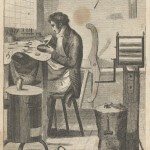 Summary and Developments
Summary and Developments
Sources and Further Reading
The Archives of Soho, Birmingham City Archives, Birmingham Reference Library
Birmingham Directories, various, published at regular intervals since 1767 (Birmingham Reference Library 6th Floor).
Crisp Jones, A K (ed.), Birmingham Silversmiths and their Marks (London, 1981).
Delieb, E, The Great Silver Manufactory: Matthew Boulton and the Birmingham Silversmiths, 1760-1790 (London, 1971).
Dickinson, H, Matthew Boulton (Cambridge, 1936, re-published Leamington Spa, 1999).
Gill, T, Technological and Microscopic Repository (London, 1830).
Goodison, N, Matthew Boulton: Ormolu (London, 2003).
Hopkins, E, Birmingham, the First Manufacturing Town in the World 1760-1840 (London, 1989).
Mason, S, Jewellery Making in Birmingham 1750-1995 (Chichester, 1998).
Mason, S, Soho House Guidebook (Birmingham, 2002).
Ransome-Wallis, R, Matthew Boulton and the Toymakers: Silver from the Birmingham Assay Office (London, 1982). Goldsmiths’ Hall Exhibition Catalogue.
Robinson, E, “Boulton & Fothergill, 1762-1782, and the Birmingham Export of Hardware”, in University of Birmingham Historical Journal, Vol. VI, No. 1 ((1957).
Tann, J, Birmingham Assay Office 1773-1993 (Birmingham, 1993).
Uglow, The Lunar Men (London, 2002).
Wright, J S, “The Jewellery and Gilt Toy Trade” in Birmingham and the Midland Hardware District (Birmingham, 1866).



